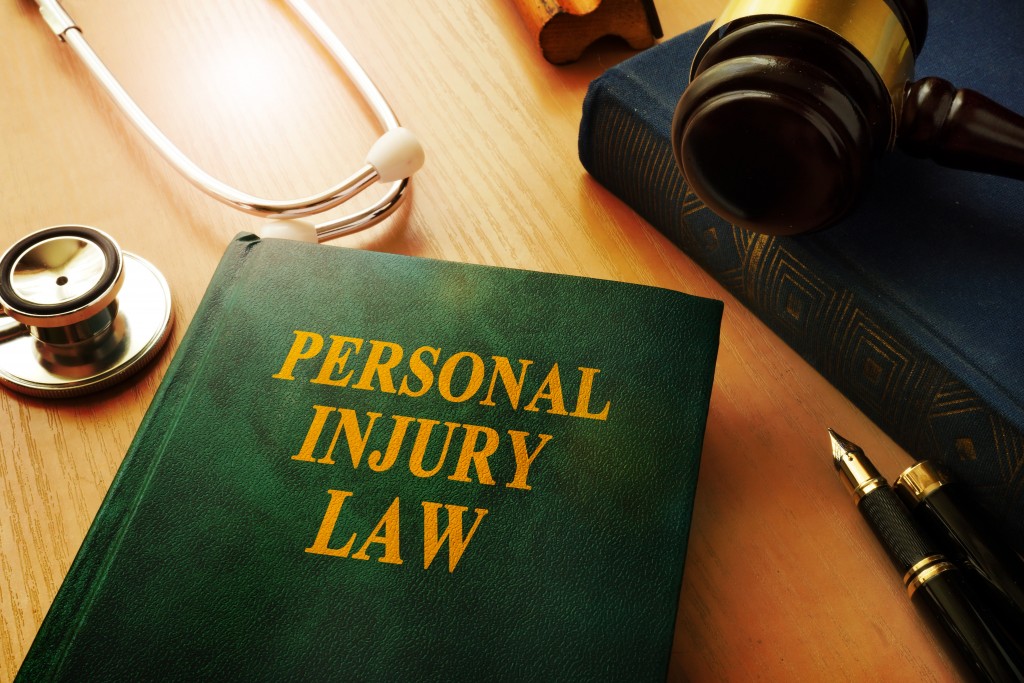Toxic torts are basically personal injury claims based on the plaintiff sustaining injury due to hazardous or toxic materials exposure. Proving causation and fault in toxic tort claims can be difficult since symptoms of toxic exposure might not present themselves until several months or even years after exposure. In some cases, several individuals can experience toxic exposure simultaneously, like in cases in which a workplace has toxic mold contamination.
Elements of a Toxic Tort Case
The elements in a toxic tort case are the same as in usually negligence claims or lawsuits. In general, you will need to prove the following:
- A legal duty was owed by the defendant to the plaintiff – For instance, in cases involving environmental contamination, you need to show proof that a company owed a duty to the locals to keep the groundwater or soil free of chemicals and other contaminants.
- The defendant breached his or her legal duty – For instance, as in the environmental contamination example above, you should show proof that another company, under the same circumstances, will have acted responsibly and complied with environmental laws.
- The plaintiff sustained injuries due to the defendant breaching his or her duty – Essentially, you need to prove that the proximate or direct cause of your injuries was the defendant’s breach of duty. However, this can be difficult to prove, particularly in cases where there are multiple plaintiffs and defendants. For instance, a building owner accused of being responsible for toxic exposure can claim that the exposure was the builder’s fault. On the other hand, the builder can likewise claim that it’s the fault of the owner because he failed to conduct proper inspections and regular maintenance on the property.
- The plaintiff sustained injuries – Essentially, you have to show proof that you sustained injuries due to the actions of the defendant. For this, you can show your medical bills, test results, missed days at work, etc.
Liability and Other Courses of Action

Filing a personal injury lawsuit with the help of competent law firms, such as William R. Rawlings & Associates, isn’t the only avenue to obtain compensation for toxic exposure injuries. For instance, even if your injury was work-related and was directly caused by the negligent actions of your employer, you need to recover compensation via a workers’ compensation claim, which is the usual remedy for seeking damages for injuries that occur on the job. However, if you sustained injuries due to exposure to asbestos (that a third party manufactured) in your workplace, it might be better to file a claim against the asbestos manufacturer instead of your employer. In addition, if your injury was due to defective drugs or medication, it might be better to file a product liability claim than a toxic tort claim.
If you have sustained injuries due to toxic exposure, the best way to go about it is to consult a personal injury lawyer. Your lawyer will review the circumstances of your case, determine who should be held liable for your injuries, whom you should sue or file a claim against, and how much compensation you can recover.

